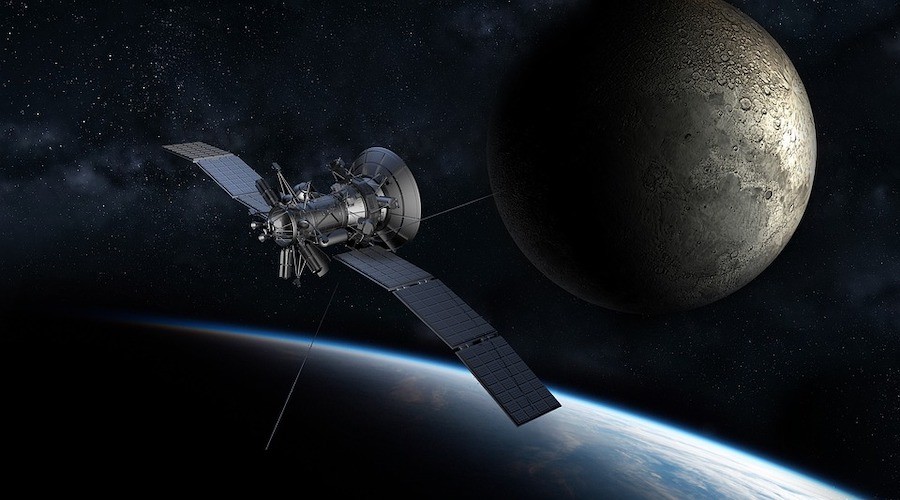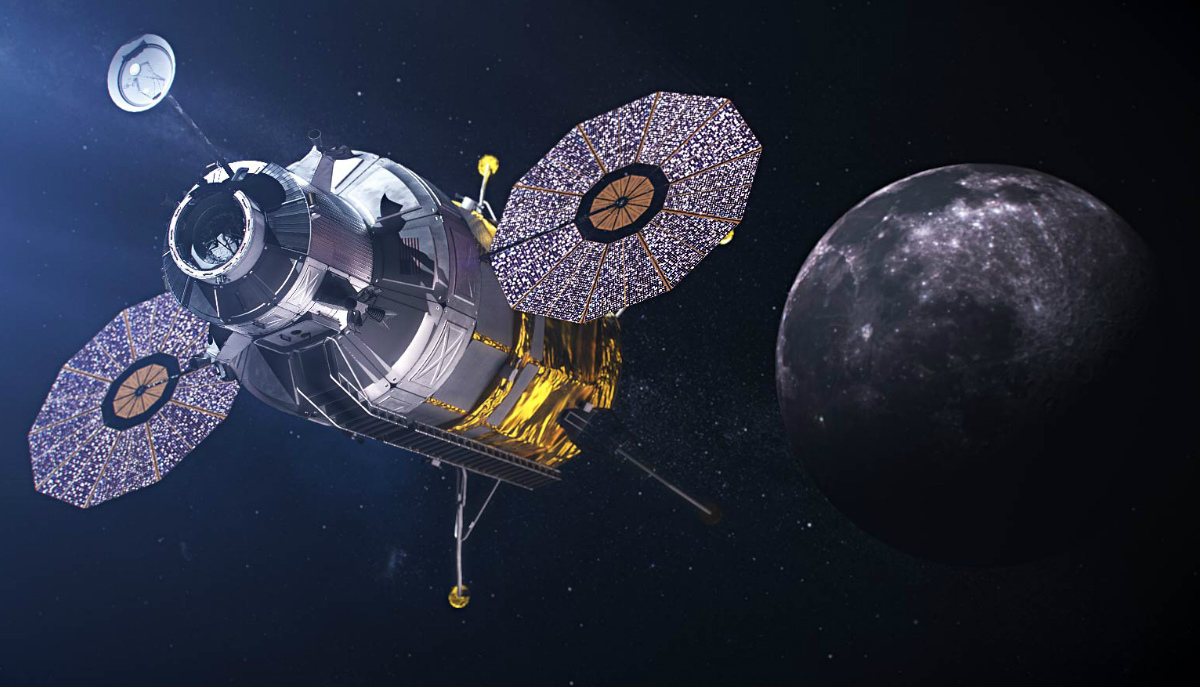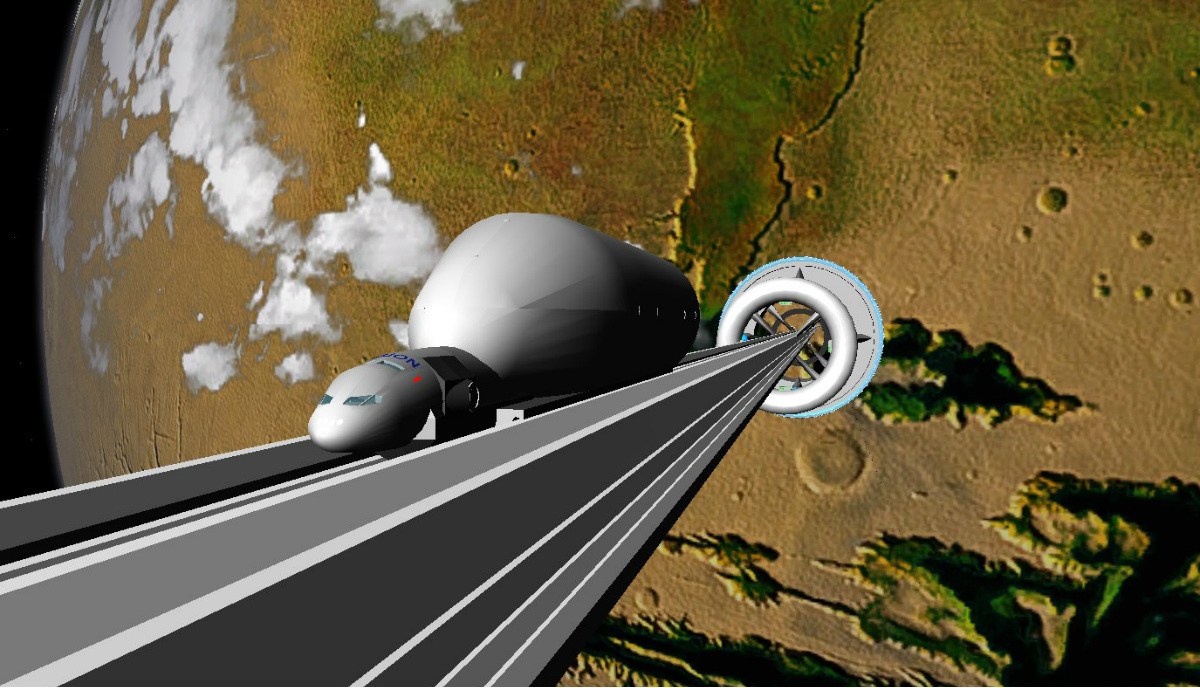The Global Positioning System or GPS has become ubiquitous today. The system is widely used to find locations anywhere on Earth, preventing car thefts, mappings and surveys, and for tracking your pets amongst other applications. Now, NASA is planning to develop a GPS system for the moon for its Artemis missions.
A team at NASA is working on a device that would act as a receiver for signals emitted by the 24 to 32 global positioning satellites similar to how it works on Earth. GPS is operated by the U.S. Military and is free for anyone to use.
A GPS system on the moon will help astronauts in navigation and will also be important for ground controllers who track spacecraft from Earth.
NASA has been working on such technology for the past decade and has successfully managed to develop a GPS system for half the distance than the Moon under its MMS Mission.
Jason Mitchell, the chief technologist for Goddard’s Mission Engineering and Systems Analysis Division, says “We’re using infrastructure that was built for surface navigation on Earth for applications beyond Earth. In fact, with MMS, we’re already nearly half way to the Moon.”
However, developing a GPS system for the Moon involves a challenge as the distance between the Earth and the Moon is almost a million miles since the technology on signal measurement and precise timing.
The scientists are trying to enhance the capabilities of the MMS’s onboard GPS system instead of starting from scratch. There are few devices like a high-gain antenna and an enhanced clock that needs to be developed. Technology in the field of miniaturization will prove to be of utmost importance if the GPS system for the Moon has to be developed.
NASA’s team hopes that it will complete the prototype of the lunar ‘NavCube‘ which will help in navigation on the lunar surface.
Deploying a GPS system on the Moon will help in freeing up the bandwidth used for the communication between the Earth and the spacecraft on the Moon for navigation and make the spacecraft self-dependent for it.










